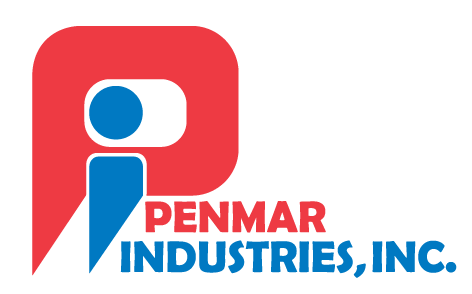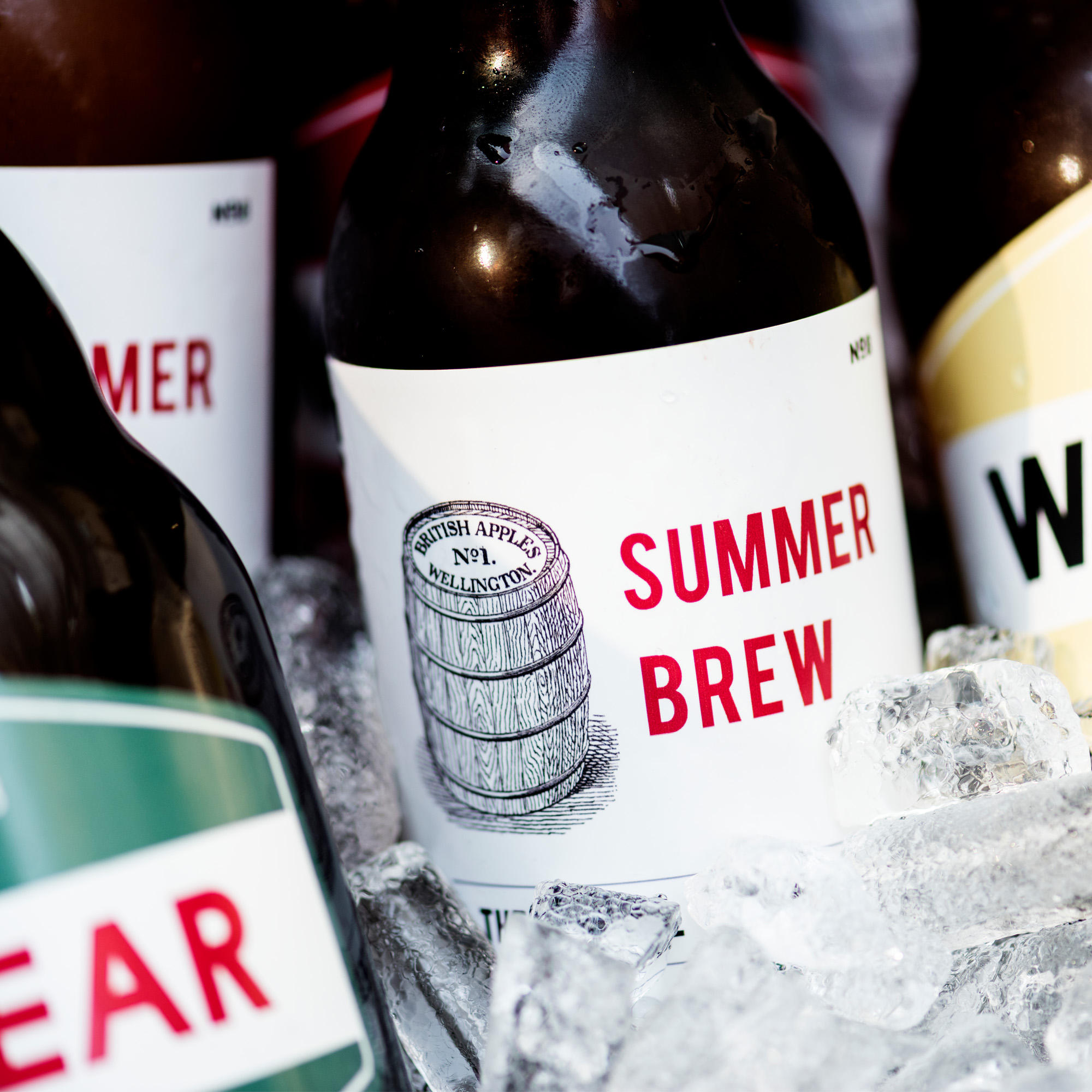Digital printing has had a major impact on the label industry over the past four decades.
It’s now more than 40 years since Labels & Labeling first started to carry news and features about digital printing technology, both inkjet and toner. Printing capability was black-only in those early days, and applications were primarily for marking or simple coding of address labels, tickets and tags ̶ a far cry from today’s sophisticated multi-color, multi-application digital printing technologies that have grown exponentially in recent years for label and package printing.
Initially, inkjet print heads used in the early 1980s were 25mm wide, inks were still somewhat problematical, applications were limited, yet many of those early inkjet pioneers ̶ like Domino Printing Sciences, Epson, Canon and others that were largely based around Cambridge, England ̶ are now global operations providing digital inkjet printing, heads and/or control systems for a complete range of labeling and variable data printing solutions.
Toner printing technologies have also evolved at pace since the late 1970s and early 1980s, with the first IBM and Xerox high-speed laser printers appearing in the market. By 1984 the first Xerographic laser printing systems were starting to be used in the business forms sector, including for the production of computer and address labels.
Digital black and white or spot color toner printing onto labels, tickets and tags was already being carried out in the early and middle part of the 1980s by companies such as Delphax Systems, while GMC Digital Systems in Switzerland was also developing digital label and document printing solutions in the 1980s. A number of other digital document printing machines from Xerox, Canon and Nipson were additionally finding application in business forms plants for address and mailing label production. All these companies were using digital monocolor dry toner printing technologies.
In the early years of the 1990s came the evolution of the pioneering color electrophotographic printing systems emanating from Indigo and Xeikon, the forerunners of today’s liquid and dry toner color printing machines that now make up a large percentage of all narrow web press installations in the global label industry each year.
Transformation
The Indigo liquid toner system and the Xeikon dry toner system both used roll-fed web printing. Both technologies triggered a subsequent revolution and transformation in the way that, initially, short-run, personalized, multi-versions and varieties of labels could be produced in high quality color. Subsequent generations of HP Indigo and Xeikon presses have significantly further developed performance, run length, quality, durability and end-use applications.
It was not until the middle part of the first decade of the 21st century that color inkjet began to develop any significant market share in the drop-on-demand color inkjet printing of labels. Since then, many key players with inkjet pedigrees – Durst, Domino, Epson, Konica Minolta, etc – have launched, and continued to develop updated higher performance color inkjet label presses. Other inkjet presses and the first hybrid conventional/digital label presses also all came into the label market place in the post-millennium period.
Today, digital color label printing is commonplace, almost worldwide. Whether toner or inkjet, it has become an established part of the label, and increasingly package, printing plant. Advances in the past ten to fifteen years have certainly seen digital label presses become ever more reliable, faster, wider and able to produce a quality of printing accepted by pretty-well all major end users and brands.
From just a couple of digital presses that could have been considered by the label converter in the late 1990s, there are now more than a dozen or so digital toner or inkjet presses to choose from.
Compared to conventional label printing presses using flexo, UV flexo, offset or letterpress, these latest digital presses offer enhanced outputs and a higher breakeven, and their quality color output is today accepted by thousands of end-user customers worldwide in all kinds of applications and in a wide range of run lengths.
Add to that the greater understanding by converters of how to integrate digital printing into a flexo or conventional printing and converting plant, of how to meet new and changing customer demands for personalization, producing random numbering, product differentiation, variability or brand protection, and also that it is undoubtedly now possible for most converters to make money with digital printing, and it can soon be recognized why digital label printing has now become a key mainstream printing process − alongside flexo/UV flexo in particular.
Complemented by advances in digital design, origination, artwork and the pre-press stages of digital label printing, as well as enhanced color management and front-end technology, a better understanding of how to manage digital printing and workflows in the label plant, more embellishment options (hot and cold foiling, embossing, laminating), the use of more sophisticated finishing machines, and most recently, the introduction of hybrid presses − these factors all combining to take the digital label printing (and the package printing processes) rapidly forward into ever more new and exciting applications.
Put together, the key markets for digital color label and package printing today include wine and beverage, pharmaceutical, vitamins, food, health, beauty and hygiene, industrial labels, automotive labels, paints, inks and chemicals, consumer durables, and even self-adhesive postage stamps.
Typically, many of these digitally printed jobs contain lots of different designs or variations, have a variety of different container or pack sizes, have batch printing requirements or need long runs of variable data. Consequently, digital continues to gain an increasing volume share of the label market and is also growing much faster in value.
There are also developments with digital printing in facilities management applications and in serving customers that require both flexo and digital printing. Inkjet, in particular, has successfully captured increasing levels of work in the industrial labeling field, as well as for the printing of blister pack foils, tube laminates, sachets, pouches and a variety of other flexible laminate applications. Little wonder then that more and more label converters have continued to see investment in digital printing as a key part of their future growth, many now purchasing multiple machines.
Flexibility
There are other factors that have also undoubtedly changed. Less than 20 years ago, digital printing was the solution used to overcome the inefficiencies of running short-run work on larger conventional presses, as the costs were largely passed onto the marketplace. Today, the converter market understands that label user customers simply do not always require them to run large quantities. That changed market demand is here to stay, and has additionally become more affordable to small and medium label printing companies.
Converters and their customers have become used to enjoying the flexibility of printing digitally ̶ and being able to achieve things that have generally not been possible with the conventional printing processes, especially when using new inks, substrates, or applications.
Package printing is also now considered to be one of the next key frontiers of digital printing. Whether its new substrates, inks, or foils, digital printing devices are exploring many new possibilities. Yes, there are certain substrates and vertical markets where toner is perhaps better suited than inkjet, and maybe provides an alternative for the packaging markets where there may be a concern for health and safety, but digital is here to stay and there is certainly a lot of growth opportunity in this market for the future.
Digital printing has undoubtedly given label and package printers the latitude to meet new and ongoing customer expectations and to service new product niches. Interestingly, it has also enabled a number of entrepreneurs, perhaps from the IT or marketing fields, to enter the world of digital label printing industry, often very successfully.
Looking to the future, digital label and package designers and printers will most likely need to better educate their clients on how to produce more environmentally-friendly design applications, on the use of more sustainable substrates, coatings and inks, and in the creation of print that takes the life cycle of the product into account. In short, the future of digital printing will not only be about printing for brand, retail, industrial or other customers, but about helping them ̶ and the world ̶ to become more sustainable.
Digital label printing is undoubtedly now one of the important mainstream label printing processes, alongside flexo, UV flexo, or offset. It will certainly continue to further evolve and play a key role in the future of the label industry, as well as continue to grow rapidly in a variety of package printing applications. It will not replace other printing processes − they all have a role to play.
However, digital has proved that for the right markets and applications it can provide profitable and exciting solutions where other technologies strive to compete and, today, is largely able to offer a good return on investment.

